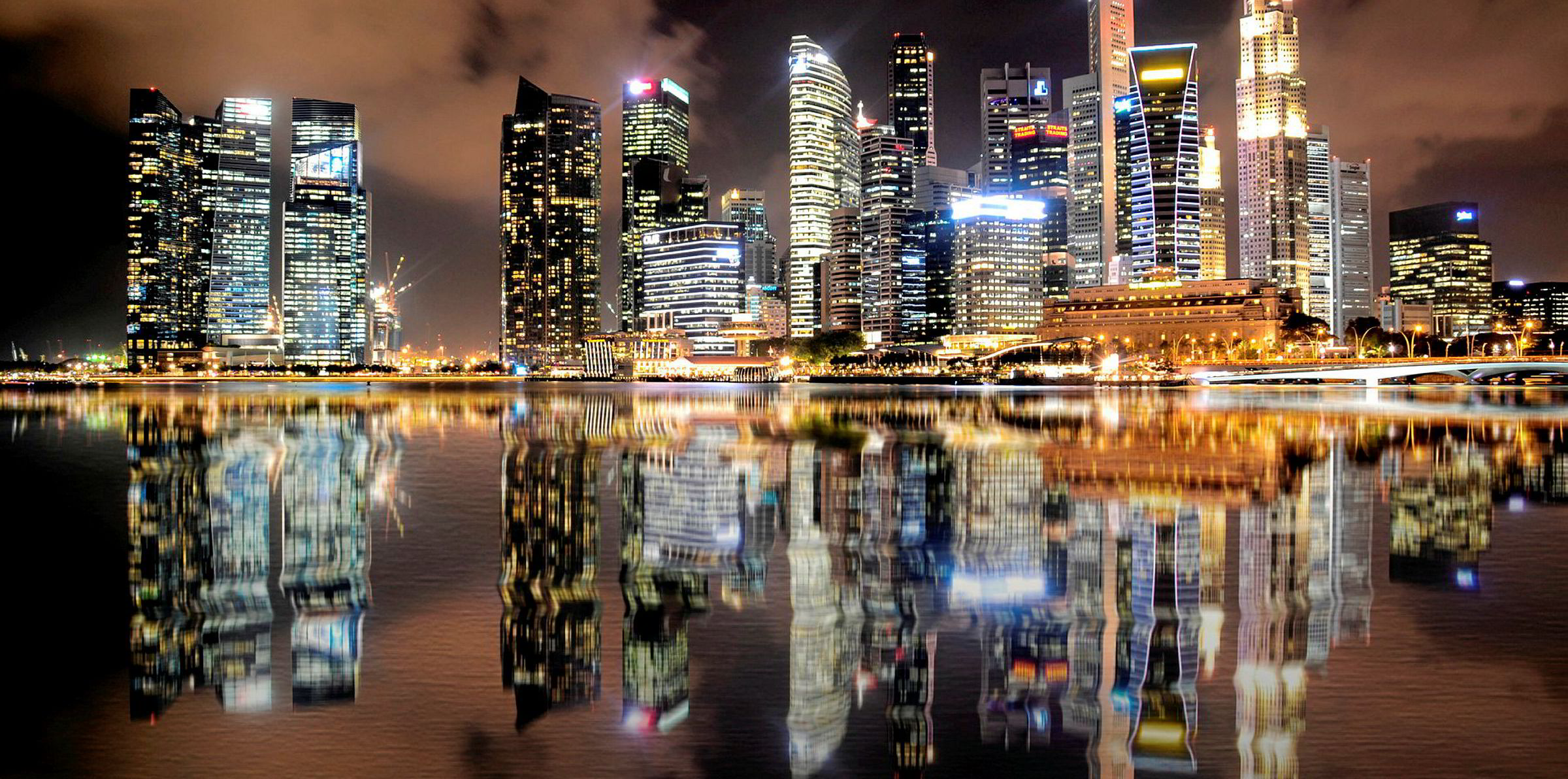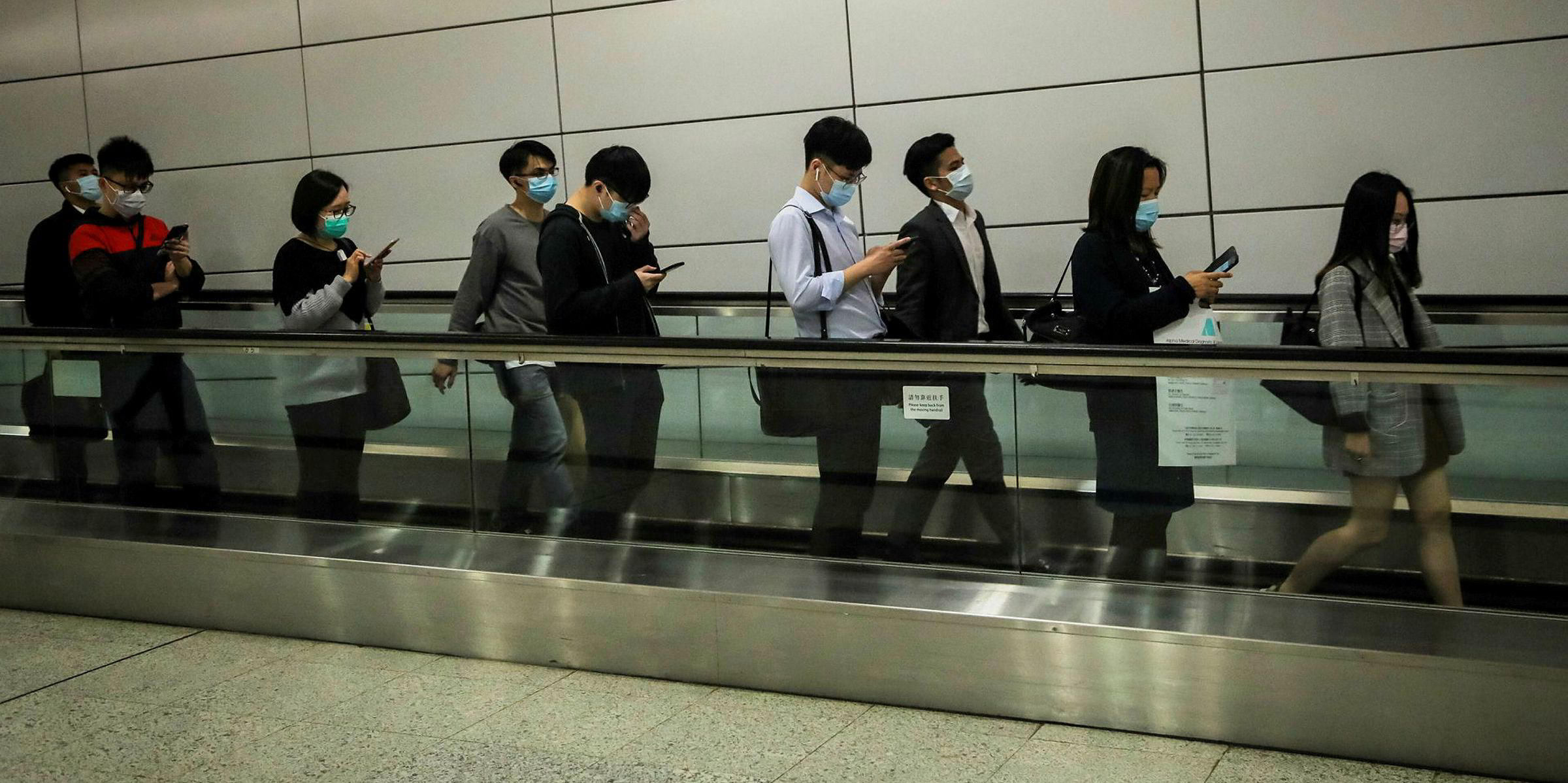Singapore has begun to screen individuals entering the country through its ports in the wake of the spread of the novel coronavirus pneumonia.
“As part of government’s measures…the Maritime and Port Authority of Singapore (MPA) has implemented temperature screening at all sea checkpoints,” the government said in a statement.
The MPA said this would include ferry and cruise terminals, PSA Terminals and Jurong Port for inbound travellers from mid-day on Friday.
Travellers and ship crew arriving at sea checkpoints will undergo temperature screening conducted by on-site healthcare assistants.
Suspect cases will be referred to hospitals for further assessment.
“ MPA has put up health advisories at the sea checkpoints to advise travellers and ship crew on the precautionary measures to take when travelling, as well as to remain vigilant and adopt good hygiene practices at all times,” it added.
News of the screen comes as Singapore reported its first case that has sickened hundreds of people and killed at least 17.
The Ministry of Health said the patient is a 66-year-old Chinese man, who arrived in Singapore on 20 January 2020 from Guangzhou.
Singapore’s decision comes a day after regional neighbour Indonesia said it had stepped up surveillance at air and sea ports aimed at containing the virus.
Batam, which is a short ferry ride from Singapore, has reportedly stepped up the surveillance of passengers arriving from Singapore and Malaysia.
Poten & Partners said in a note that what happens over the next two-four weeks is "likely critical" in determining how severe the crisis will become.
“The virus has already spread beyond Wuhan and extensive Lunar New Year travel could dramatically expand the scope of the epidemic within the country and beyond its borders,” it said.
Poten said the SARS epidemic in 2003 pushed oil prices down nearly 20% and created significant fear and uncertainty.
“However, the fear ultimately subsided as the pace of new reported cases slowed. The recovery of economic activity and oil demand was swift and strong,” it said.
“If the current crisis follows a similar pattern, we may see short-term headwinds followed by a strong rebound later this year.”





